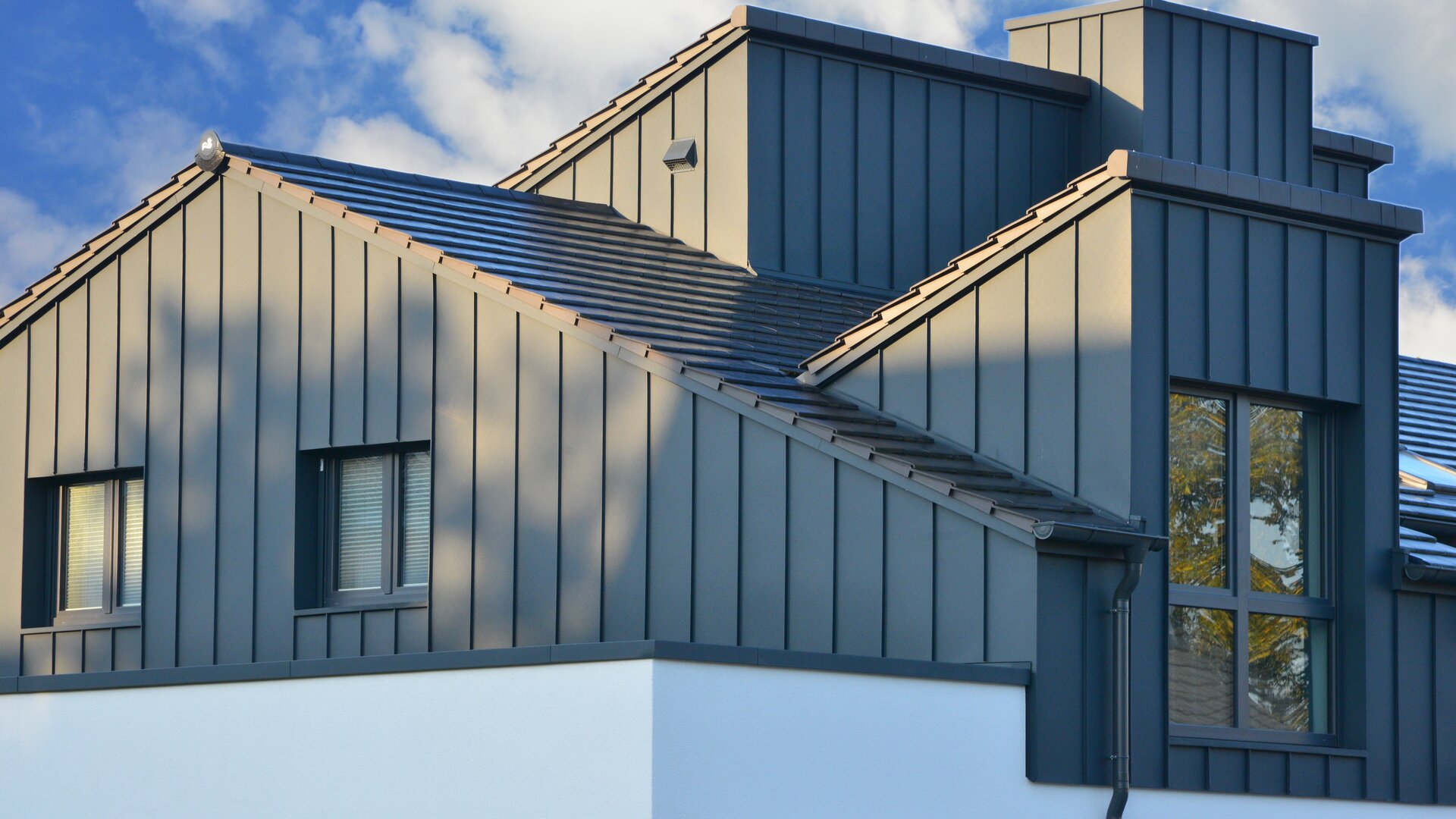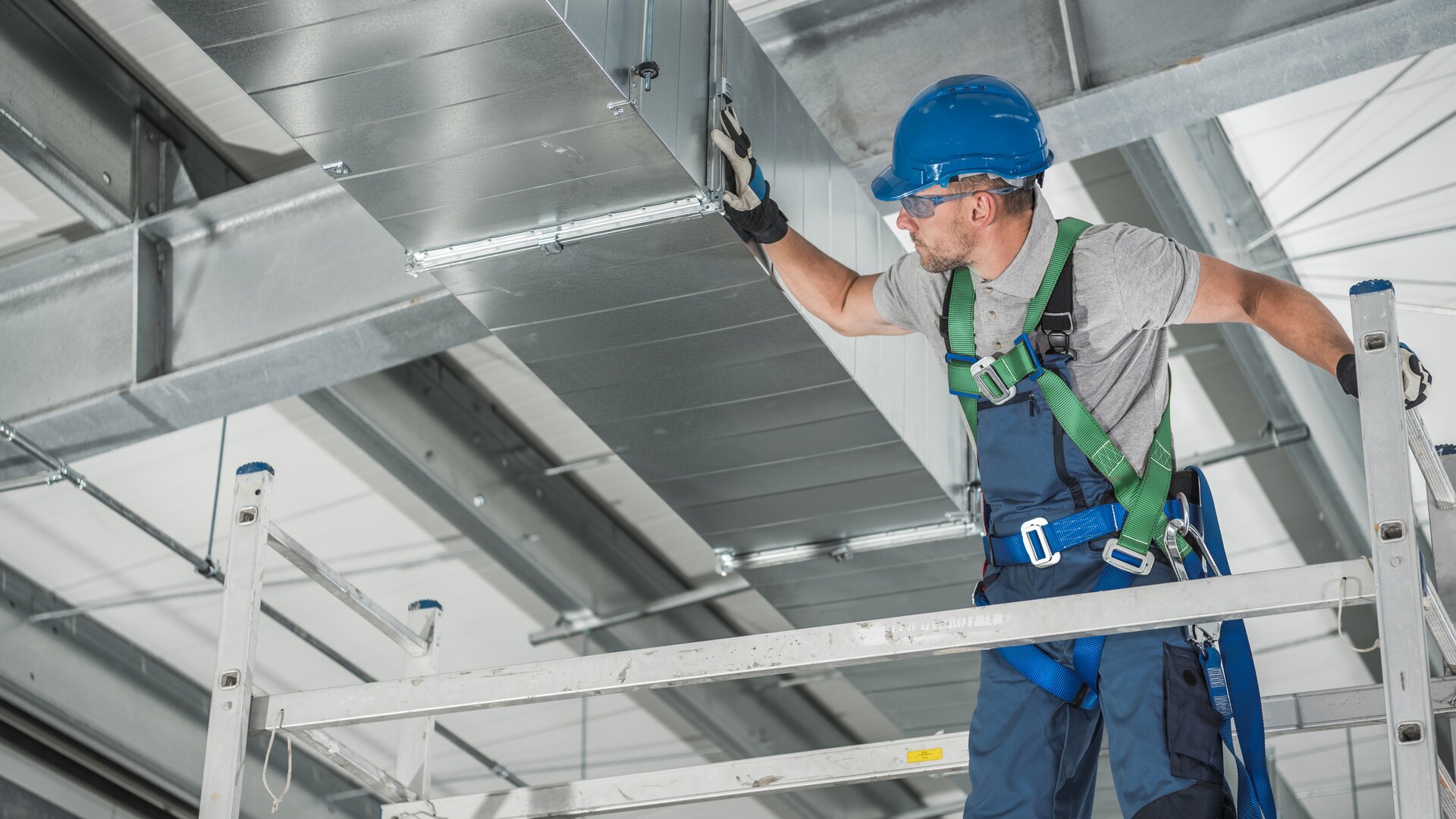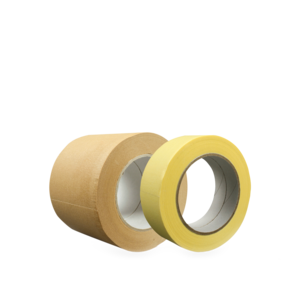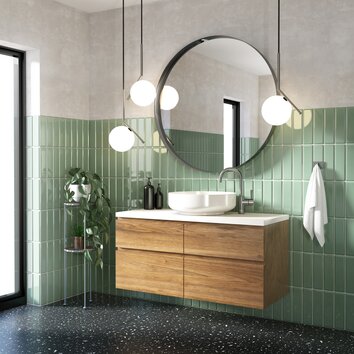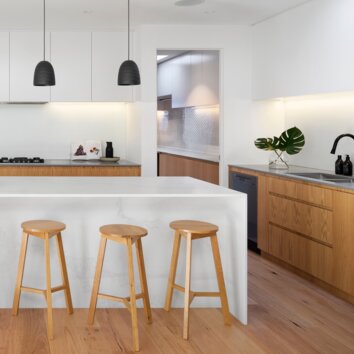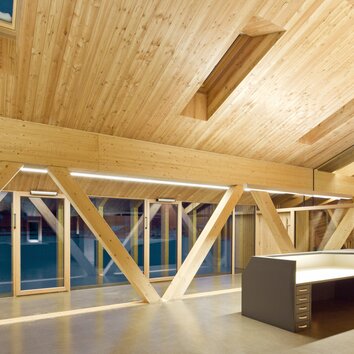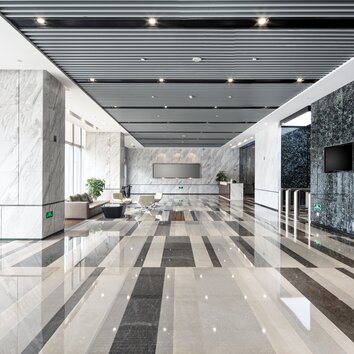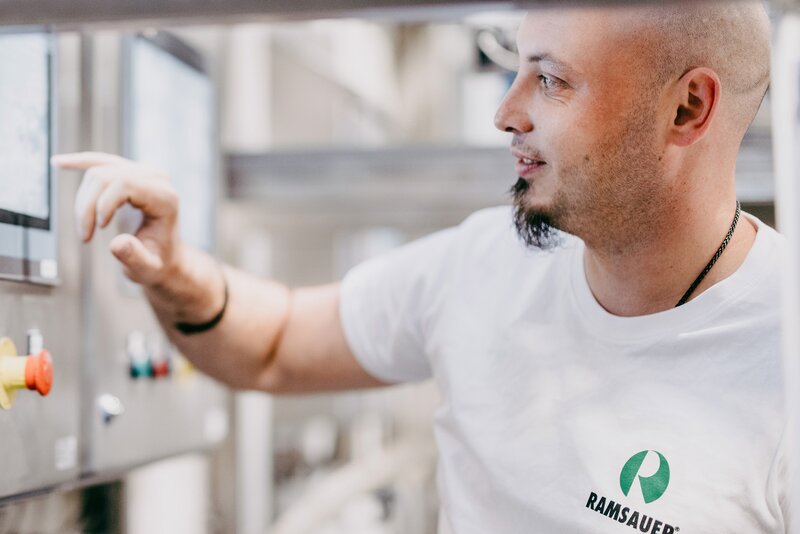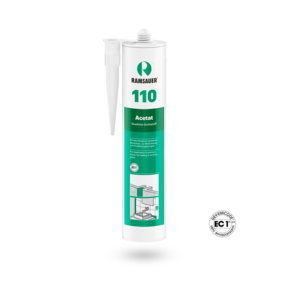Metal
Want to seal or bond in place a metallic material without using heat or other tools? Ramsauer’s adhesives and sealants are suitable for an endless array of applications.
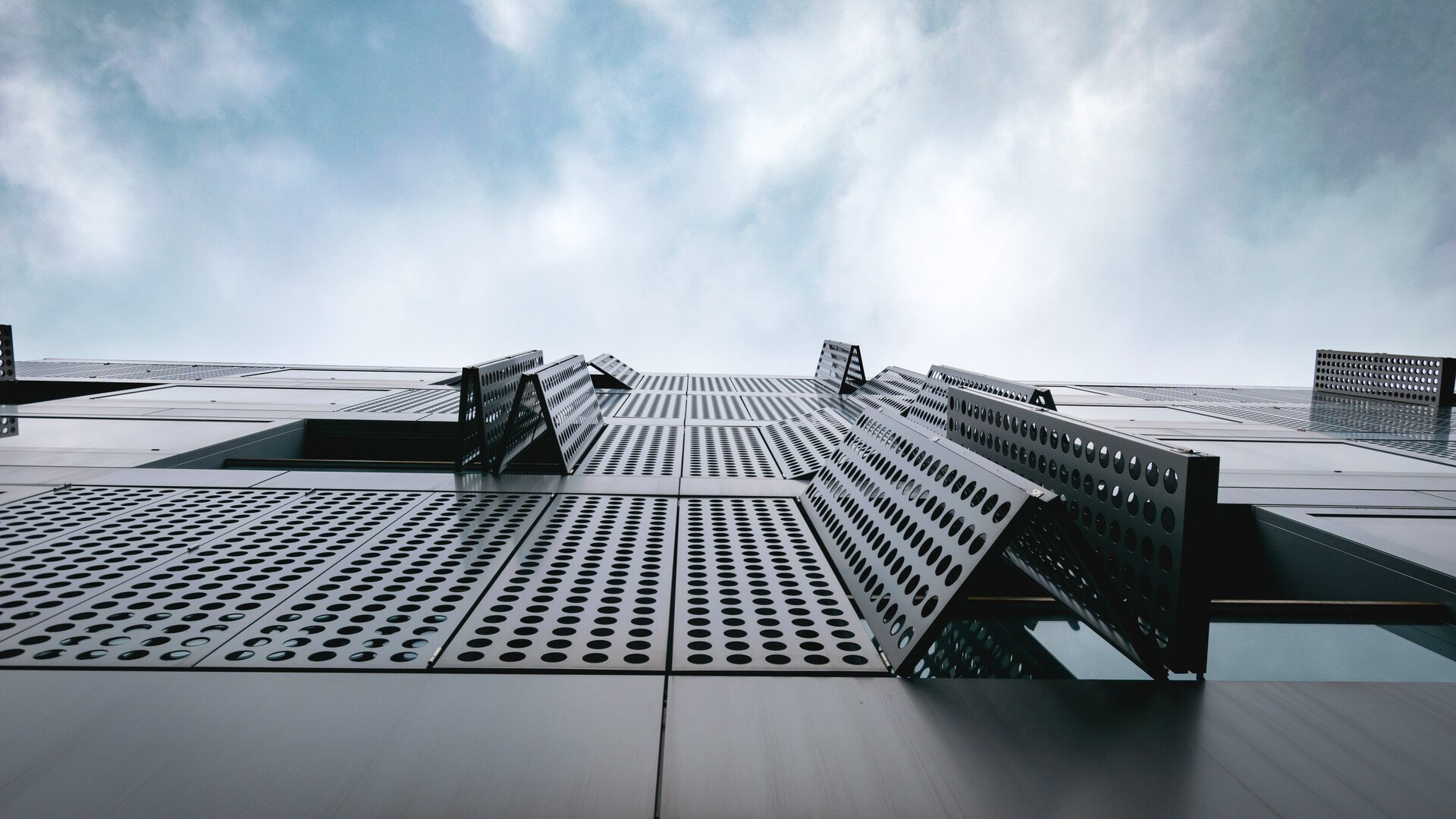
How to seal and bond metal
Sealing metal or bonding it to other materials isn’t always a simple question of using a screw or a welding machine. Innovative sealants and adhesives make this work possible, allowing you to create fluent and – crucially – well-sealed transitions into other materials. The right adhesive should be selected based on the type of metal and the application at hand to ensure an excellent bond.
All sealed up on the roof
When sealing mullion-and-transom facades or sloped glazing such as conservatories or greenhouses, strong solar radiation causes thermal elongation in the materials used. As a result, the sealants must be able to withstand mechanical force – as well as wind and weather. To ensure this is the case, there are special standards by which roof and facade construction sealants are tested.
All sealed up air-tight – sealants from Ramsauer
HVAC systems ensure that rooms maintain a pleasant temperature with clean air. If impeccable air quality is to be ensured, orderly planning and proper system installation are vital. One factor in delivering this quality is that the same amount of air must be kept circulating through the units. A single leak can quickly cause problems, adversely affecting the system’s efficiency as well as having unhygienic consequences such as mould build-up. This makes it all the more important to opt for a high-quality sealant.
Infinitely sealed
The infinity pool is the dream of many a pool-goer. The water inside seems to merge seamlessly into its the surroundings. To create this visual effect, the pool is made from glass. A metal overflow channel allows it to be filled to the brim with water. The transitions between the metal and glass must be sealed with special sealants so that they are kept invisible. At the same time, the materials must be able to withstand the cleaning chemicals in the pool.
Unable to see your application or have any other questions?

